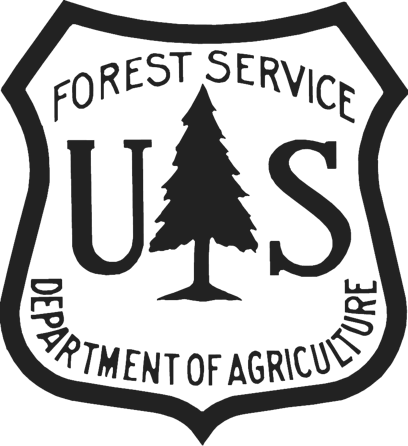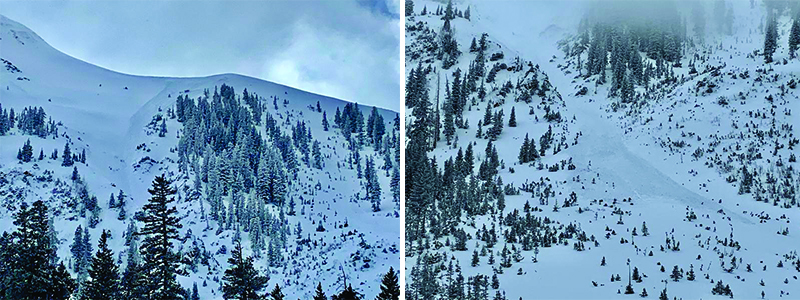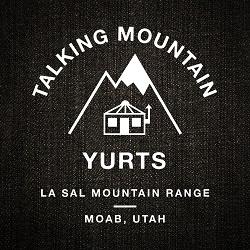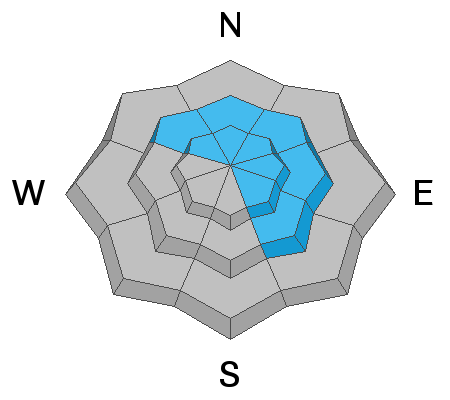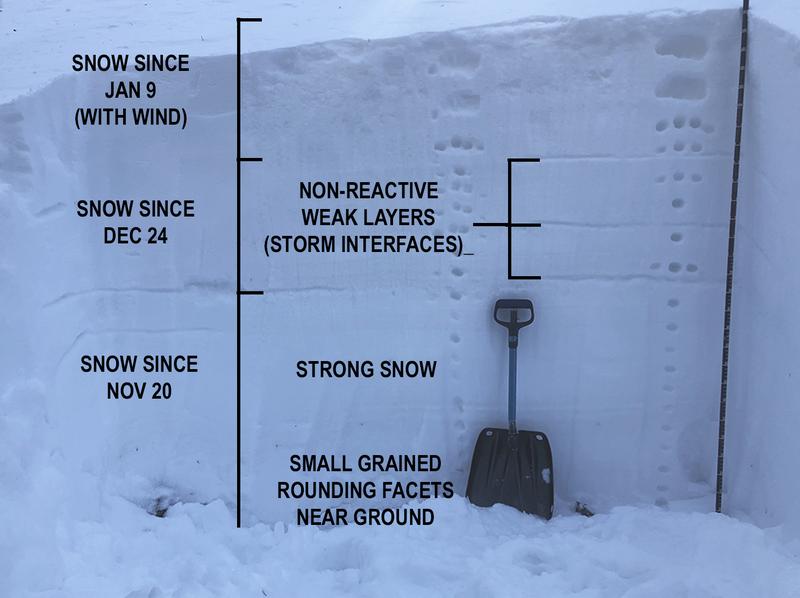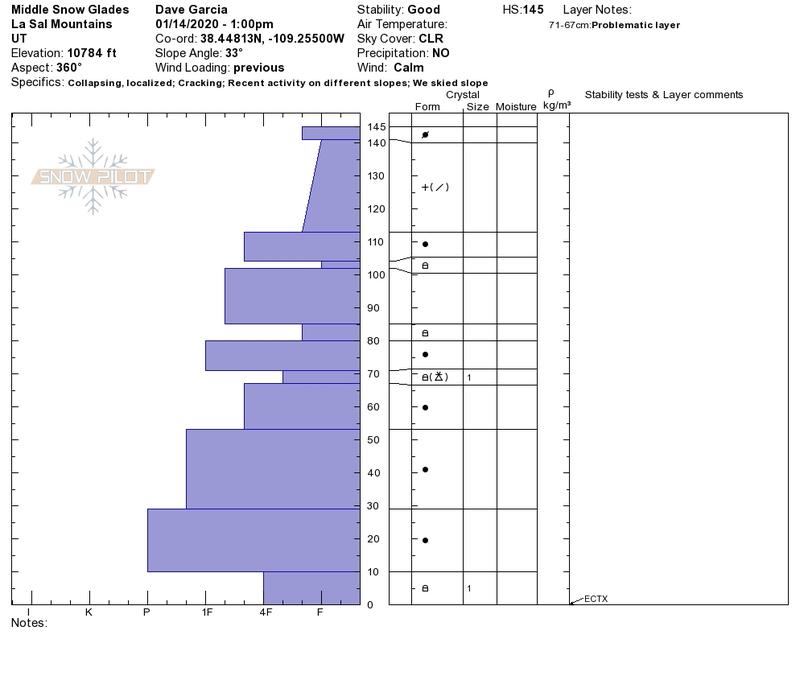Forecast for the Moab Area Mountains

Issued by Eric Trenbeath on
Friday morning, January 17, 2020
Friday morning, January 17, 2020
Strong southerly winds over the past several days have continued to blow and drift snow and the avalanche danger remains MODERATE at mid and upper elevations. Look for fresh drifts to form today on slopes facing NW-N-SE. Recent wind drifts will be recognizable by their smooth rounded appearance, and cracking is a sign of instability.
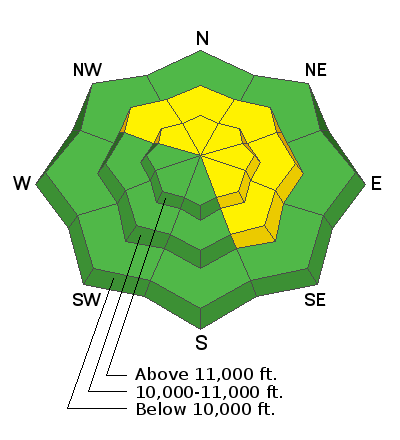
Low
Moderate
Considerable
High
Extreme
Learn how to read the forecast here


